This post may contain affiliate links. As an Amazon Associate, I earn from qualifying purchases. That means I make a small commission (at no additional cost to you) if you purchase something from an affiliate link.
Many music teachers are having to move their lessons online because of the current health pandemic. If you are new to teaching music lessons online, you might be overwhelmed doing this. (Be sure to check out this post on how to get set up for online lessons.)
However, online music lessons do offer an opportunity to cover material that you may not get to do during in-person lessons. Here are 3 activities that you can do in an online music lesson.
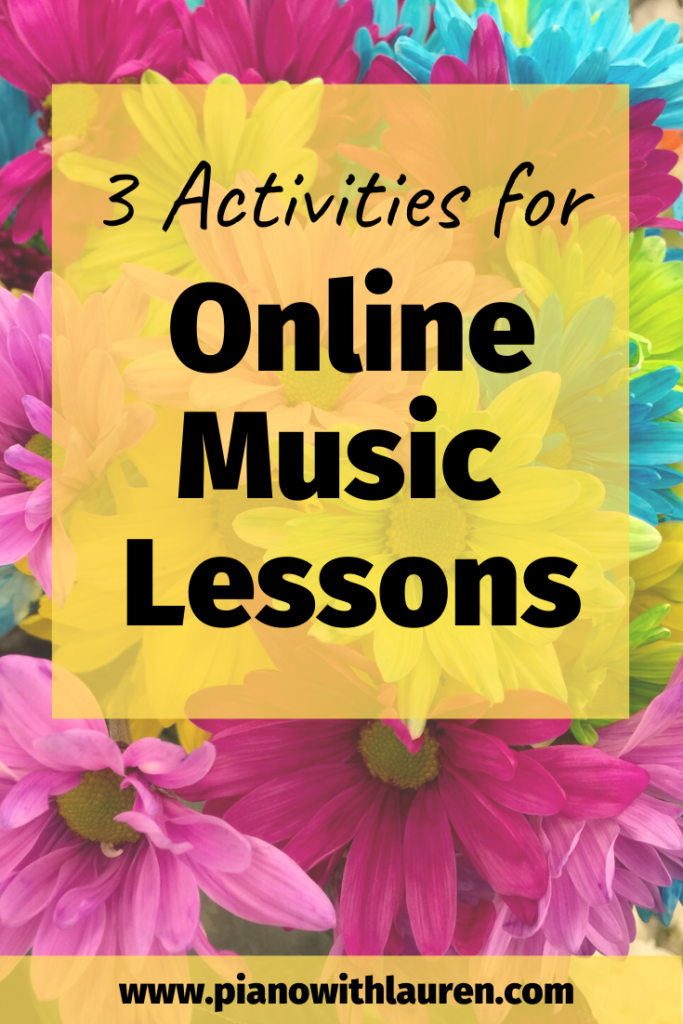
1. Ear Training
Turn your camera away from your piano and work on ear training with students. Here is a list of things you can work on with students of various levels:
- High/Low
- Up/Down/Same
- Steps and Skips
- Articulations – Name staccato/legato. This is good practice for students to use musical terms.
- Major/Minor (play 5-note scales, 8-note scales, or chords depending upon the level of the student)
- Intervals – Start with a 2 different intervals and then add more as the student masters recognizing different intervals
- Recognize chord tones of a triad – Play the notes of a chord individually, then the chord blocked, and then a single note. The student names whether it is the root, third, or fifth of the chord.
- Major/minor/augmented/diminished triads
2. Name That Symbol
I like to keep a small whiteboard with me when I teach online. This really helps me talk to students about symbols in their music without struggling to bring my music to the camera.
Make a game out of it. Draw different symbols on your whiteboard and have the student guess what it is. If it is an articulation (like staccato), see if the student can demonstrate it for you.
3. Rhythm Fun
- Rhythm clap backs are very easy to do online. Clap a rhythm for a student and see if they can accurately clap it back to you. You can also play rhythms on one key and the student can play it on their piano.
- Another option (perhaps for more advanced students) is to play rhythms on the piano and have the student notate the rhythm on a piece of paper. You can tell the student the time signature of the rhythm beforehand.
- Use the printable rhythm cards and advanced printable rhythm cards on a small, magnetic whiteboard. You can do this by putting adhesive magnets behind each card. You can make different rhythms for a student to clap or you can make measures that are incomplete. The student can name or draw the missing note on a piece paper.
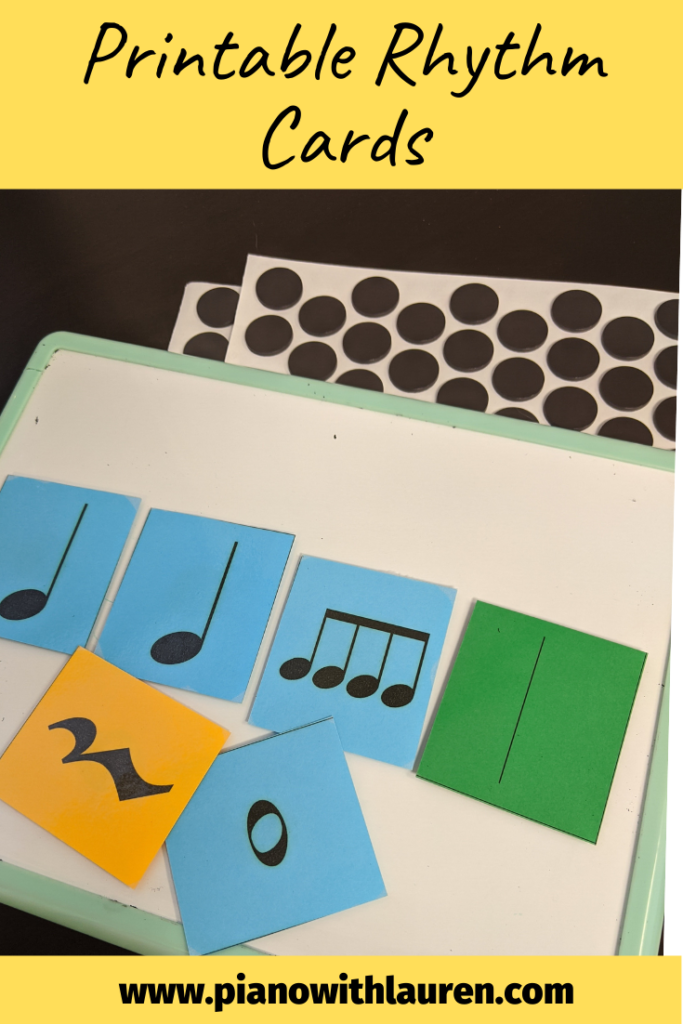
Keep in mind that online lessons do not have to be exactly the same as in-person lessons. This is especially true during times that are filled with uncertainties for students.
Other Resources for Teaching Online
How To Teach Piano Lessons Online
Online Lessons Guide for Parents and Students
How to Have a Piano Group Class Online
Digital Resources for Students

Lauren teaches piano to students of all ages in New Orleans, LA. Teaching is her passion. She enjoys creating resources for her students and is the author of Ready for Theory®.


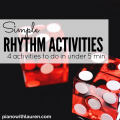
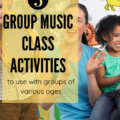
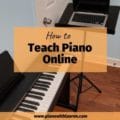
Thank you for your wonderful ideas. I see you are in New Orleans. I hope you are well and safe! Joni in NC
Thank you! These are simple and fun to incorporate! I can hardly wait to teach my next lesson!
Kathy in New Hampshire!